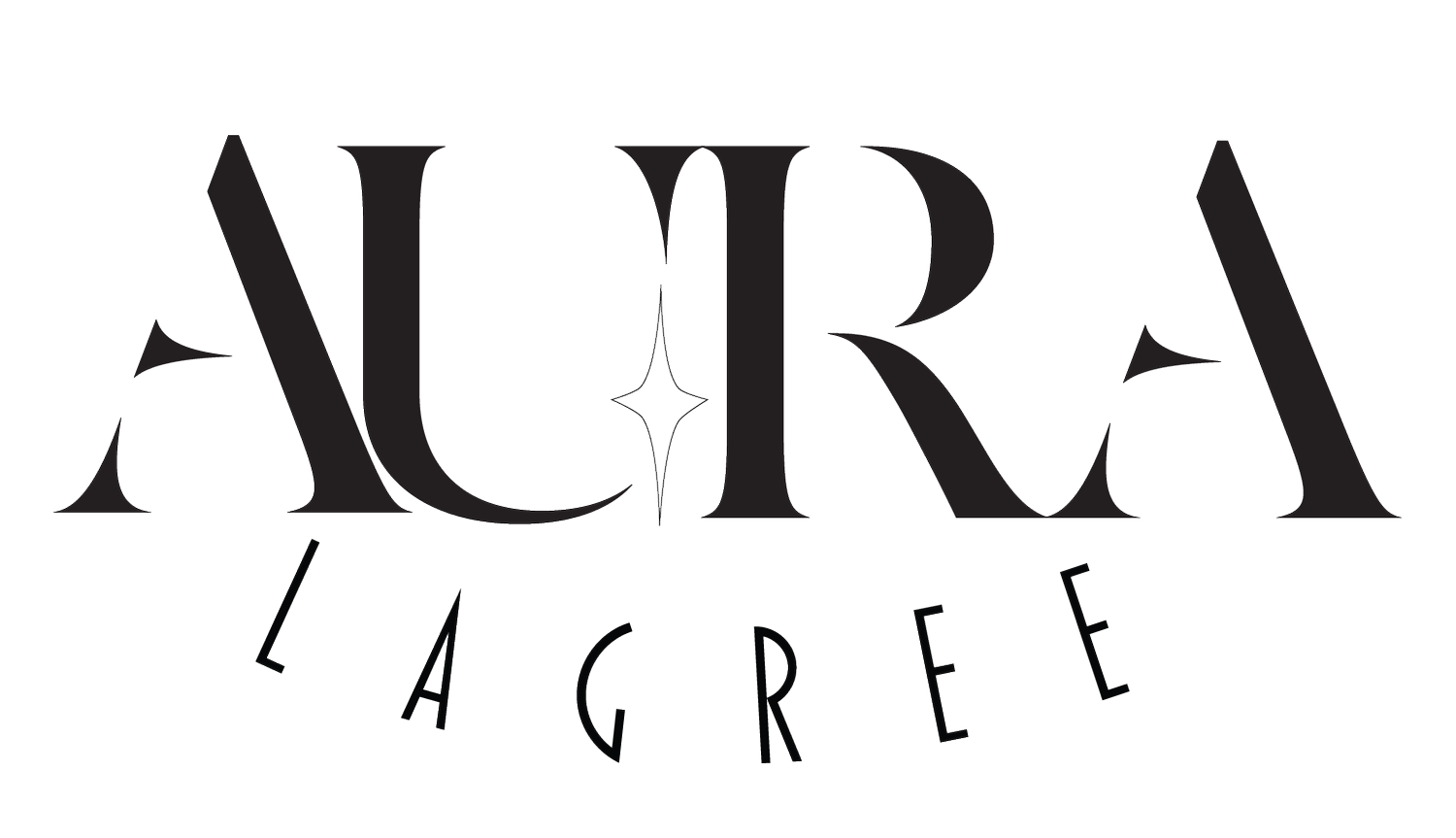Core Bracing: Essential for Lagree, Pilates & Everyday Strength
Bracing Your Core—From Plank-to-Pike to Picking Up Kids or Carrying Groceries
Whether you're powering through a Lagree workout, attending a group fitness class, or simply hauling groceries, your core is the unsung hero. Bracing your core isn't just a studio technique—it’s your everyday armor that protects your spine, boosts strength, and keeps injuries at bay.
🔄 Real-Life Scenarios That Demand Core Bracing
Chasing and picking up a toddler at the park: one-handed lift, sudden twist into your carseat—your braced core acts like a stabilizing corset.
Hauling grocery bags up stairs: every step engages deep abdominals, obliques, and erector spinae to keep your posture aligned.
Twisting to unload the dishwasher, shoveling snow, or playing catch with your teen: bracing distributes load, preventing abrupt shifts and back strain.
🧠 Anatomy & Mind-Muscle Connection
Your “core” is a powerhouse structure comprising:
Deep stabilizers like the transversus abdominis and internal/external obliques
Global movers—rectus abdominis, erector spinae, glutes, pelvic floor
The diaphragm, which works with abdominal muscles to regulate intra-abdominal pressure (IAP) healthline.compubmed.ncbi.nlm.nih.gov.
Bracing engages these muscles together, creating a rigid torso that resists twisting and bending—much like preparing for impact.
Studies show that abdominal bracing raises IAP to ~116 mmHg, far above the ~10 mmHg achieved by hollowing, activating key core muscles more effectivelypubmed.ncbi.nlm.nih.gov+1healthline.com+1.
📚 Science-Backed Benefits of Core Bracing
1. Better spinal stability under load
In work-like sudden load tests, increasing IAP and co-activating trunk muscles stiffened the lumbar spine by 21–42% during flexion, extension, and lateral bending pubmed.ncbi.nlm.nih.gov+6pubmed.ncbi.nlm.nih.gov+6pmc.ncbi.nlm.nih.gov+6.
2. Greater strength & power gains
An 8-week bracing training program increased trunk extension strength by ~14%, hip extension by ~35%, and lifting power by ~16%, along with a 37% spike in IAPpubmed.ncbi.nlm.nih.gov+10pubmed.ncbi.nlm.nih.gov+10ncbi.nlm.nih.gov+10.
3. Reduced injury risk
Elevated core stiffness from IAP helps fend off abrupt trunk movements from slipping, dropping, or twisting—common in daily life and dynamic studio workouts .
🎯 How to Brace Effectively
Breathe into your belly, sides, and back—then brace like you're about to be gently punched.
Engage 360°: front, sides, and back, feeling your core tighten like a pressurized canister.
Apply before movement: inhale to fill, brace, and exhale as you lift, twist, or bend.
Use conscious cues in class or daily life—“brace before reaching,” “brace before bending.”
Train reflex bracing via dead bugs, bird dogs, planks, or bear holds during home routines.
✅ Everyday & Studio Gains
Stronger, more efficient movement in both life and Lagree sessions.
Enhanced posture & balance when standing on tiptoes, climbing stairs, or lunging.
Lower back protection during dynamic exercises like plank-to-pike, twisted catfish, or French twists.
Elevated mind-muscle awareness, making every core exercise more intentional and impactful.
🏁 Conclusion
Core bracing is the foundation upon which effective workouts, fitness studio classes, and daily life rest. From stabilizing you through Lagree’s plank-to-pike moves to supporting you while carrying toddlers or groceries, a braced core ensures you stay strong, pain-free, and powerful.
Make it a habit: brace before every bend, twist, and lift. Your spine—and your performance—will thank you.
